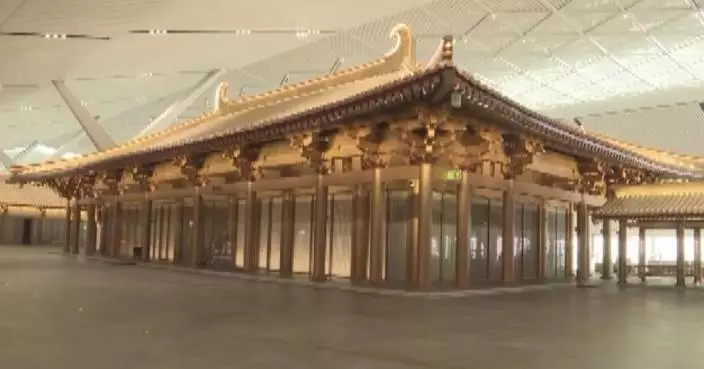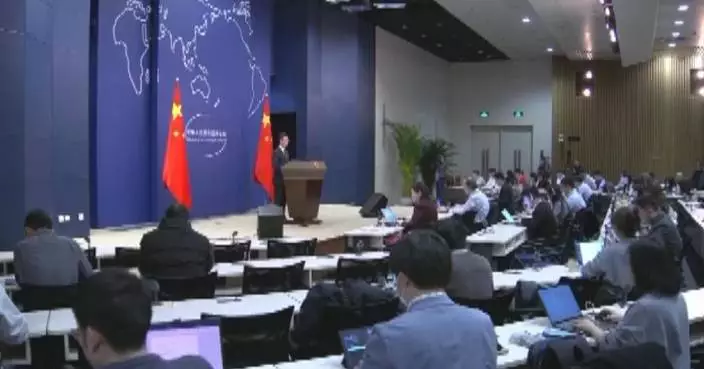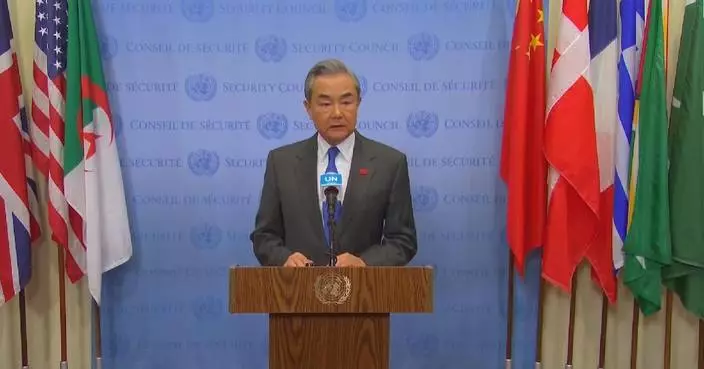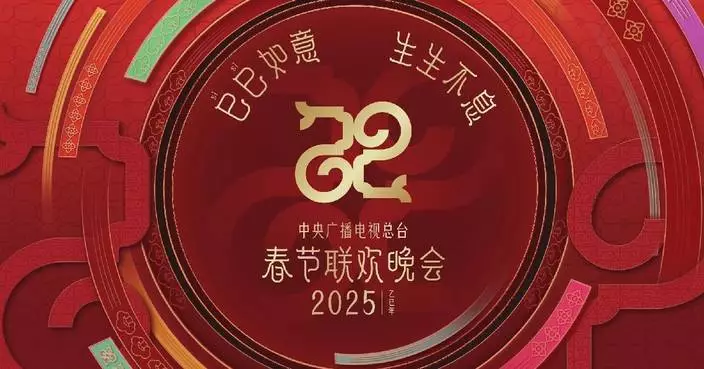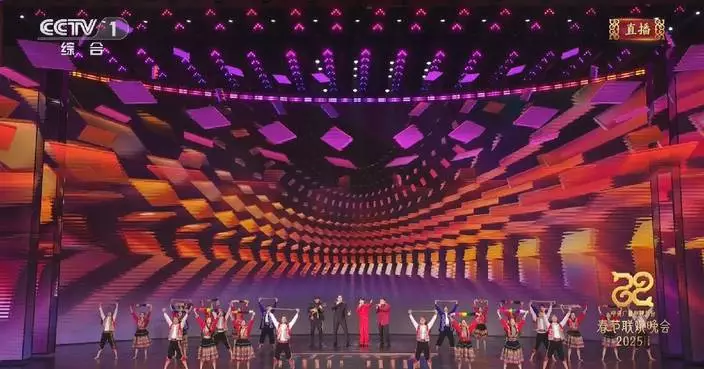The 2025 Spring Festival Gala, which aired from Tuesday night to Wednesday in celebration of the Chinese New Year, offered a joyous audiovisual feast to audiences both at home and abroad.
By Wednesday morning, clips from the gala had been viewed 16.8 billion times across all media platforms, an 18.31-percent increase from last year. The live broadcast of the gala on TV achieved a viewership share in China of 78.88 percent, the highest in 12 years.
Views on mobile platforms reached 372 million, a 52.46-percent increase compared to last year. Domestic social media engagement with the Spring Festival Gala saw a remarkable surge, reaching 27 billion views. Additionally, the real-time live broadcast viewership, on-demand streaming viewership, and interaction on domestic new media platforms set new records.
Themed "Year of the Snake, Keep Your Spirit Awake," the hours-long television extravaganza featured a dazzling array of singing and dancing, crosstalk, comedy sketches, opera, martial arts, magic and other performances.
The gala, also known as "Chunwan," was first broadcast back in 1983 and is seen as a major cultural symbol for the traditional Spring Festival celebrations in China.
As the first gala since the United Nations Educational, Scientific and Cultural Organization (UNESCO) inscribed the Spring Festival on the Representative List of the Intangible Cultural Heritage of Humanity in December of last year, this year's show highlighted more elements of intangible cultural heritage and blending traditional and modern aspects.
"This year, our family of four generations - 68 people in total - are gathering together to watch the Spring Festival Gala. We see it also as a New Year's Eve dinner for the soul," said Huang Chuanming, a villager from Yunhu Village in central China's Hunan Province.
For the first time, CMG offered accessible broadcasting options, allowing visually impaired audiences to listen to the gala through an online platform, while also providing a viewing option for the hearing-impaired.
"Thanks to the barrier-free Spring Festival Gala, we are able to enjoy a more vibrant atmosphere for the New Year, and we have no regrets," said Zhu Yilin, a hearing-impaired person.
The gala was also broadcast simultaneously on over 1,500 big screens in more than 100 cities across China.
"It's a rare opportunity to watch the Spring Festival Gala on Jianghan Road. I feel that it will be a year full of hope," said Yang Xiao, a resident of Wuhan City, in central China's Hubei Province.
CMG used its new media platforms in 82 languages to broadcast the Spring Festival Gala, collaborating with over 2,900 media outlets worldwide for simultaneous live streaming and coverage. Additionally, 3,508 public screens in 136 cities across 87 countries and regions broadcast or promoted the gala.
For the first time, the gala was streamed in overseas cinemas, sharing the rich culture with global audiences.
"I feel very proud because it is not just a simple show. It is about Chinese aesthetics and rich culture," said Qi Xinyuan, a Chinese student in Dubai, who watched the gala in a local cinema.
"I realized that it's something that truly unites an entire country to celebrate, to watch together, as a family. So, I really enjoyed learning more about these traditions," said Keila Lemos, a Brazilian audience member.
"The Spring Festival Gala features wonderful highlights about China's traditional culture, as well as those about the technological advancement in modern-day China. It's truly full of a sense of innovation and technology," said Hazim Shaqi, an Egyptian viewer.

Spring Festival Gala delivers joyous audiovisual feast to audiences worldwide























